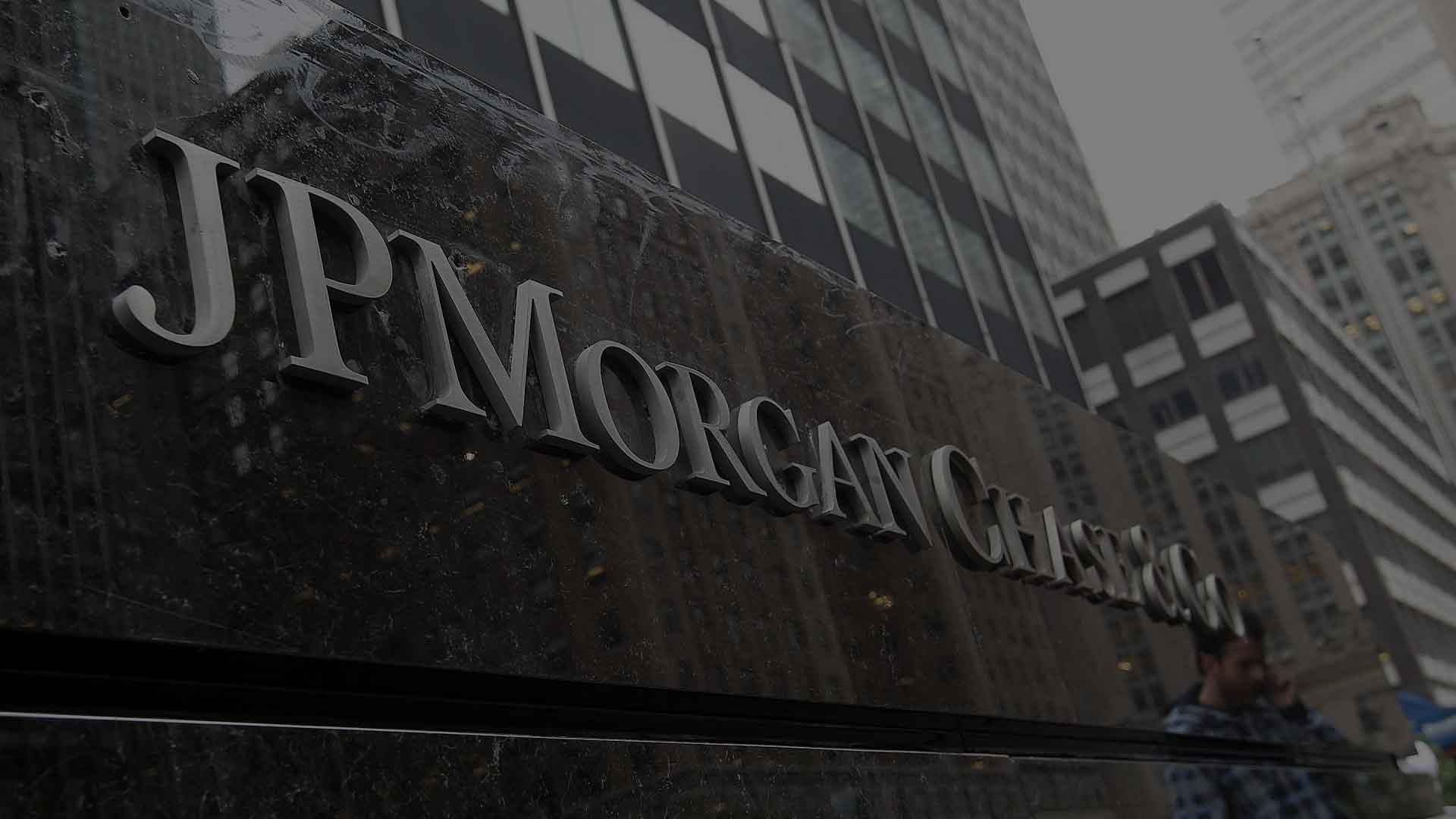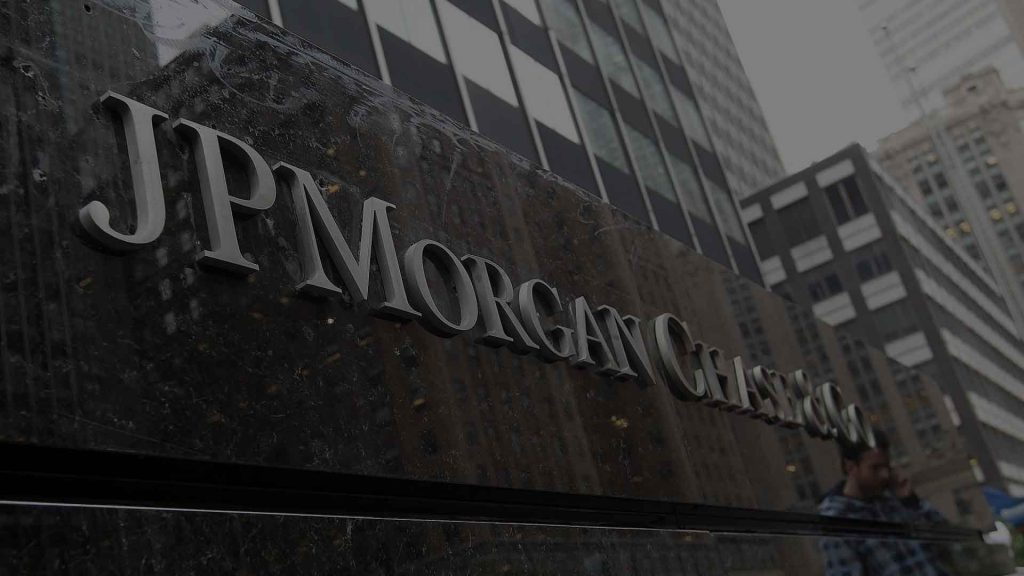Is a Record-breaking Moment on the Horizon for Gold Prices?


This future gold prices forecast is contingent upon the Federal Reserve implementing a series of rate reductions. It is totaling 125 basis points, throughout the latter half of 2024, propelling gold to unprecedented nominal levels.
The basis for these gold prices forecasts lies in the Federal Reserve’s future projections. They anticipate a decline in core inflation to 2.4% in 2024 and further to 2.2% in 2025, with expectations of achieving the 2% inflation target by 2026.
J.P. Morgan economists predict that by the second quarter of 2024, the U.S. economic growth rate will decelerate to 0.5% on a quarterly basis. This deceleration is expected to motivate the Federal Reserve to initiate rate reductions starting in June. The aim is to administer a total of 125 basis points in cuts during the second half of the year to circumvent a recession.
Reflecting on their economic forecast, it’s predicted that U.S. 10-year nominal yields will decrease by 30 basis points. It will be moving from an anticipated 3.95% at the start of the second quarter to 3.65% by the end of 2024. This adjustment is expected to similarly reduce U.S. 10-year real yields, dropping them from 1.75% to 1.45% within the same period. In the words of Head of Base and Precious Metals Strategy at J.P. Morgan, Gregory Shearer:
“The anticipated rate cuts by the Fed, coupled with a decline in U.S. real yields, are poised to be the primary catalysts for gold’s significant rally in the latter part of 2024. Historically, gold’s negative correlation with real yields tends to diminish during periods of Fed rate hikes, only to strengthen as the focus shifts to rate cuts,”
Gregory Shearer
Head of Base and Precious Metals Strategy at J.P. Morgan. Tweet
This dynamic is forecasted to propel future gold prices to record nominal levels in the second half of 2024. With prices expected to average $2,175 per ounce in the fourth quarter, and climbing even higher in 2025, reaching a quarterly average peak of $2,300 per ounce in the third quarter.
Besides the anticipated rate reductions and escalating geopolitical conflicts, central banks played a pivotal role in influencing gold prices in 2023. They are also expected to maintain their influence in the near future.

In addition to central bank activities, a surge in investor interest in the physical gold market is anticipated to significantly contribute to the potential gold rally in 2024. By the close of 2023, managed money in net long positions — indicating a predominant expectation among investors for gold prices to ascend — was rated at approximately 6 out of 10 on a standard scale, with 10 representing the highest net long positioning since 2018.
This suggests a substantial opportunity for investors to amplify their long positions in gold, whether through exchanges or by investing in exchange-traded funds (ETFs).
There has been a consistent decline in total gold holdings within ETFs since mid-2022. Hence, the anticipation of an increase in investor positioning in gold, both through exchanges and ETFs, triggered by the commencement of a rate-cutting cycle. It is expected to positively impact bullion prices and fuel a price rally in the latter half of 2024.
As interest rates start to decrease, it is anticipated that the recent trend of ETF outflows will shift, leading to an increase in retail-driven ETF inflow. This in turn will enhance demand among gold investors, contributing to a further rise in future gold prices. Additionally, the persistence of strong central bank acquisitions, coupled with an increase in physical demand whenever prices dip, is expected to provide substantial support to gold prices through the remaining phases of the Federal Reserve’s cycle.
If you are curious to know more about protecting yourself during inflation, our analysts are able to consult you and answer further questions you may have about it. Reach out to us by clicking on the button below.
Latest articles
Tool and strategies modern teams need to help their companies grow.
Invite users to stay updated with exclusive insights and market trends by subscribing to the newsletter.
InProved Pte. Ltd. (“InProved”, UEN 201602269C). InProved is regulated by the Ministry of Law (“Minlaw”) and holds a Precious Stones and Precious Metals license for dealing in bullion products (PSPM License PS20190001819). For additional legal and privacy related information related to InProved, please visit are terms and conditions.
Our products and services are only available to Accredited Investors. Investing in bullion involves risk, and there is always the potential of losing money. Certain bullion products are not suitable for all investors. The rate of return on investments can vary widely over time, especially for long-term investments. Past performance is no guarantee of future results. Before investing, consider your investment objectives and any fees and expenses that may be charged by InProved and any third-party stakeholders. The content provided herein is for informational purposes only and is not investment or financial advice, tax or legal advice, an offer, solicitation of an offer, or advice to buy or sell or hold bullion products. This material has not been reviewed by the Minlaw.
Statements made are not facts, including statements regarding trends, market conditions and the experience or expertise of the author or quoted individual(s) are based on current expectations, estimates, opinions and/or beliefs. Opinions expressed by other members on InProved should not be viewed as investment recommendations from InProved. Endorsements were provided at the request of InProved. InProved is not affiliated with and does not purport to own or control any third-party content linked herein.
Copyright © 2025 InProved Pte Ltd (UEN 201616594C, PSPM license PS20190001819)
